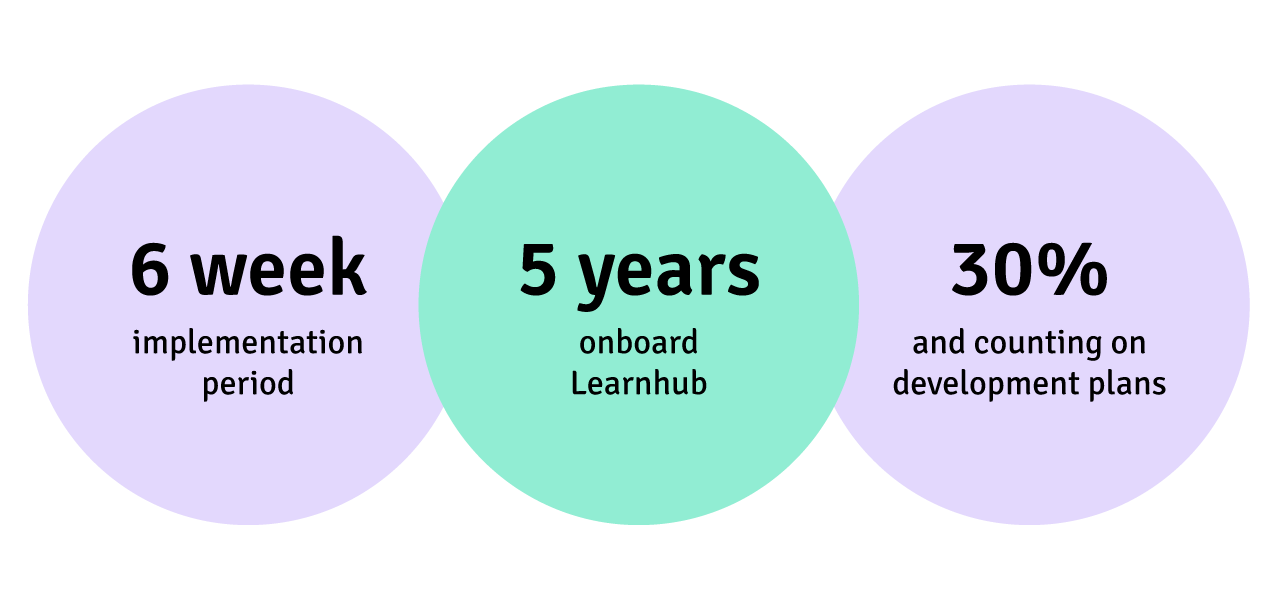How the Clean Energy Regulator optimised L&D resources and used development plans with Acorn PLMS


CER
Government
Australia
Internal
CER
The gap: Scaling training to meet public directives
The Clean Energy Regulator (CER) is the government body responsible for administering legislation that reduces carbon emissions and increases the use of clean energy. Their ultimate goal is helping both the Australian public and businesses, says Capability and Performance Team Training Officer Adrian Manning.
“Whether it’s politically or socially important, we do have a lot of interest in the community.“
“COVID shifted us to more online training.”
Under the Renewable Energy Target, we have a mixture of industry agents to mums and dads putting renewable solar panels on their house up to the National Greenhouse and Energy Reporting Scheme which involves large businesses, including energy providers and agricultural and industrial businesses.”
Seeking to help millions of Australians and further government initiative takes a large number of people with the right skillsets, which is why the CER needs robust training processes.
“Our agency is growing in people and the number of people participating in our schemes is increasing. This impacts learning and development because we want to make sure we provide excellent onboarding processes and induction training.
“As our agency is maturing, we need to ensure our skillsets follow that. Having that strong new starter induction is important, as well as increasing our general regulatory capability.”
“It’s more effective than a face-to-face delivery of mandatory training.”
With approximately 360 employees and counting, the CER was heavily focused on creating capability frameworks to train and retain staff.
“We know if we lose staff, we have to bring someone new in and train them from scratch. That takes a while, so we want to retain staff and give them the training opportunities so they are engaged and feel like they are worthwhile employees that can improve their own personalised set of skills.”
CER had created their own capability frameworks to help nurture their employees’ career pathways. They just needed an easier and more engaging way to administer learning and development than face-to-face training.

The impact: Making their frameworks usable and accessible
The CER were already using the shared service created from Acorn for Australian Government, Learnhub. It made for a relatively easy transition to the aptly named Learnhub 2.
“We asked for a lot of customisation,” says Adrian about their instance of Learnhub. “But it’s allowed us to implement the people capability framework. We wouldn’t have been able to do it without the strong support from [Acorn].”
“We wouldn’t have been able to roll out that framework.”
That configuration allowed the CER to properly roll out their capability framework and start creating personalised learning pathways for their employees.
“Once we went live with our active development plan, we saw an uptake of targeted learning and development within our agency. We now see just over 30% of our agency on an active development plan.
“It fits in with their schedules. They can take an eLearning course when it suits them as opposed to us saying ‘turn up here at 2pm on a Wednesday’, where they have to work around our schedule.”
The solution: Relevant and timely training
Many of Acorn’s features reinforce the flexibility and personalisation of the CER learning experience.
“It provides better insights into our workplace capabilities.”
“Learnhub allows people to look at the capabilities that link to their job role and to strengthen others they need to have. They can then self-assess or do an assessment with their manager to identify gaps in their learning, and we can work towards providing the training to increase their knowledge and their capabilities.
“From an agency perspective, we’re targeting training that people want early. It’s enhancing our decision making, it’s ensuring we’re getting good value for money with our training. We can look at what training is popular, how many people are expressing interest in a course and go, ‘okay, we need to run two training courses for that particular topic.’ That helps with future planning when we’re looking at yearly plans.”
And it’s helping them plan not just for future training, but their future workforce.
“It also provides better insights into our workplace capabilities. Knowing people are signing up for certain training courses, knowing where our capabilities live, we can trace certain capabilities within our agency if we feel there’s a short fall. So, it helps with workforce planning as well.”
“It’s nice working with like-minded people who genuinely want to help.”
For Adrian and the CER, being able to actively contribute to the feel and end-user experience is what made the difference.
“I like to think the work that we did has helped other agencies set up something similar. The other good thing is the test environment, which we found particularly useful going between Learnhub 1 to Learnhub 2 to get that hands-on experience. It introduced us to that end user thought and behavioural insights, which we probably hadn’t dived into much in the past.
“[Acorn] would definitely be a business that I would recommend because of their ability to customise things and listen to what the client wants, to be able to change and work towards what the client is striving for.”